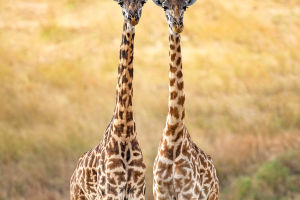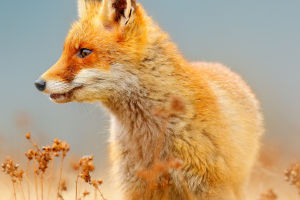Swans are beautiful, large waterfowl belonging to the duck family Anatidae. They are found on all continents except for Africa and Antarctica.
There are various species of swans, among which the four white swans distributed in the northern hemisphere are the most well-known, and they are regarded as a symbol of purity, loyalty, and nobility.
Swans are migratory birds, often found wintering in habitats rich with reeds, such as lakes, reservoirs, and ponds. Their diet primarily consists of aquatic plant seeds, roots, leaves, and weed seeds, supplemented by small animals.
These majestic birds are social creatures, typically forming pairs or small flocks and occasionally congregating in larger groups for migration or feeding. Swans are known for their lifelong monogamous bonds, selecting a single mate and remaining faithful throughout their lives.
During the breeding season, swans lay a single clutch of eggs, typically numbering 4 to 8, which are incubated by the female for approximately 35 days. Meanwhile, the male diligently safeguards the nest and his mate. Once hatched, the young swans quickly take to the water, following their parents to swim and forage for food shortly after emerging from their shells.
However, swans and their habitats are facing various threats, such as habitat loss, pollution, and human disturbance. Therefore, it is essential to protect them and their habitats. Here are some measures that can be taken to ensure their protection:
Establish and improve the protection regulations for swans and their habitats, clarify the responsible body for protection, delineate the scope of the protected area, and sign a protection agreement with the surrounding area. This will ensure that the swans and their habitats are well-protected and that any violations are penalized.
Prohibit any behavior that may disturb, harm, or pollute the swans and their habitat in the protected area, such as fishing, hunting, angling, collecting bird eggs, releasing low-flying aircraft, setting off fireworks, sounding sirens, flashing spotlights, etc.
These activities can cause significant disturbance to the swans and their habitats and should be avoided.
Prohibit the manufacture of high noise, high vibration, and other production and living activities that affect the wintering of swans, such as the construction of roads, bridges, water conservancy projects, etc. These activities can disrupt the swans' natural habitats and should be minimized or avoided altogether.
Strengthen the scientific monitoring and management of swans and their habitats and timely find and solve the existing problems, such as water pollution and invasion of exotic species. This will ensure that any threats to the swans and their habitats are identified and addressed promptly.
Enhancing publicity and educational initiatives aimed at the public is essential to heighten awareness and encourage active participation in the conservation of swans and their habitats. Advocating for civilized viewing practices and promoting ecological tourism can further support these efforts.
Public education serves as a crucial tool in emphasizing the significance of protecting swans and their environments. This can be achieved through diverse channels, including social media platforms, television programs, and public events. By leveraging these platforms, we can effectively disseminate information about the importance of swan conservation, highlight the threats facing these majestic birds, and inspire individuals to take meaningful action to safeguard their habitats.
Swans epitomize majesty and grace, serving as integral components of our natural ecosystem. Safeguarding these majestic birds and their habitats is paramount to preserving their existence and upholding ecological equilibrium. Thus, it falls upon each of us to adhere to regulations and implement measures aimed at protecting swans and their environments. Through collective efforts, we can secure the continued flourishing of these magnificent creatures, ensuring their legacy for future generations to cherish.


